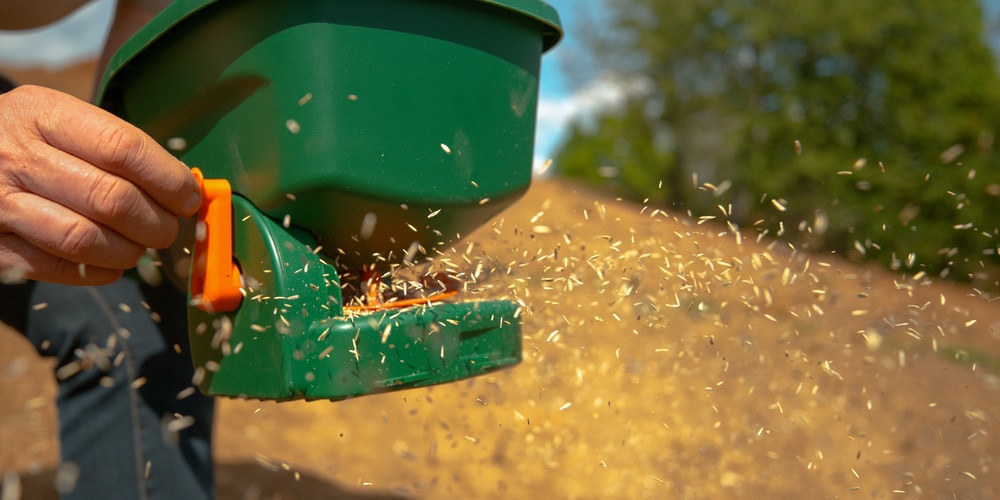Fescue is a cool-season grass with superior resistance to heat, cold, and even drought conditions. While it is a popular option among homeowners in the northern states, this low-maintenance grass does well in North Carolina.
However, you’ll need to provide it with attentive care and ensure that you give your lawn all it needs to survive and thrive. While sounding trivial, that also includes knowing when to plant fescue in North Carolina. Plus, you’ll want to learn what soil and temperature requirements its seed may have to make sure you provide them with optimal growing conditions.
In this essential guide, you will not only learn about when to plant fescue in your region. You’ll also discover how to take care of this perennial type of grass effectively.
Planting Fescue in North Carolina
Experts recommend planting fescue between September and October in North Carolina to ensure hardy root establishment and higher germination rates. However, you may reach optimal conditions in mid-August if living in the upper Midwest lawns.
While this grass does much better when you seed it in the fall, you can get successful results by planting the seeds during the early spring. On average, you should aim at installing your turf between mid-February and late March. However, check your area’s weather conditions to avoid making mistakes.
Fescue grass requires the soil temperature to be between 50 and 65 degrees F for it to make roots in the soil. As a rule of thumb, you can expect your soil to reach those temperatures when the outdoor temperatures reach 60 to 75F. Under the appropriate conditions, germination usually occurs between 7 to 21 days after planting.
If overseeding, wait for the early fall to start with the process. The temperatures will still be warm enough to promote optimum germination, while the cooler air will improve grass growth.
Preparing the Soil
Pick cultivars that suit your soil and climate conditions: not all fescue grass types are suitable for North Carolina’s warmth. Before planting the seeds, make sure you reduce compacted areas through aeration. Doing so will increase water and nutrient retention in the soil and improve the conditions for your turf’s survival.
Caring for Fescue Grass
One of the best things about planting fescue is that this hardy grass requires very little maintenance and withstands wear and tear. If you notice empty spaces, you may have to do some overseeding during the summer months.
After planting fescue seeds, you’ll have to wait a few weeks before starting to mow. Then, you should regularly mow your lawn as soon as the grass reaches four inches in length. Of course, you could do that earlier if you wanted to. For your lawn’s health, try to stick to a consistent and regular mowing schedule to promote fuller and thicker growth. Cutting your grass once a week will be more than enough for most of the year. You may have to increase the frequency during the late spring.
While fescue grass thrives in the winter months, you may want to keep an eye on it to prevent lawn thinning and remove weeds. Also, even if this type of grass has high resistance to drought conditions, it is best to water it frequently during the warmer month of North Carolina’s summer.
Aeration might seem like a lot of work, but all the efforts will be worth it in the end. This process will allow your lawn to get nutrients more effectively during the spring months. If you are using fertilizers, it is best to apply them after you aerate the soil.
Select a slow-release fertilizer with 0.5 to 1.0 pounds of nitrogen and use it no more than three times a year. To get the best results, apply it in the spring and fall.
When to Plant Fescue in North Carolina: The Bottom Line
It is possible to grow fescue grass in North Carolina. Most homeowners get stunning results with this hardy type of turf. However, making sure you plant its seeds (or even sod) at the right time of the year will make a considerable difference in its resistance and overall appearance.
Plus, make sure you regularly water and mow the grass. Check your lawn for pests and diseases to take action as soon as possible to contain the damage.

